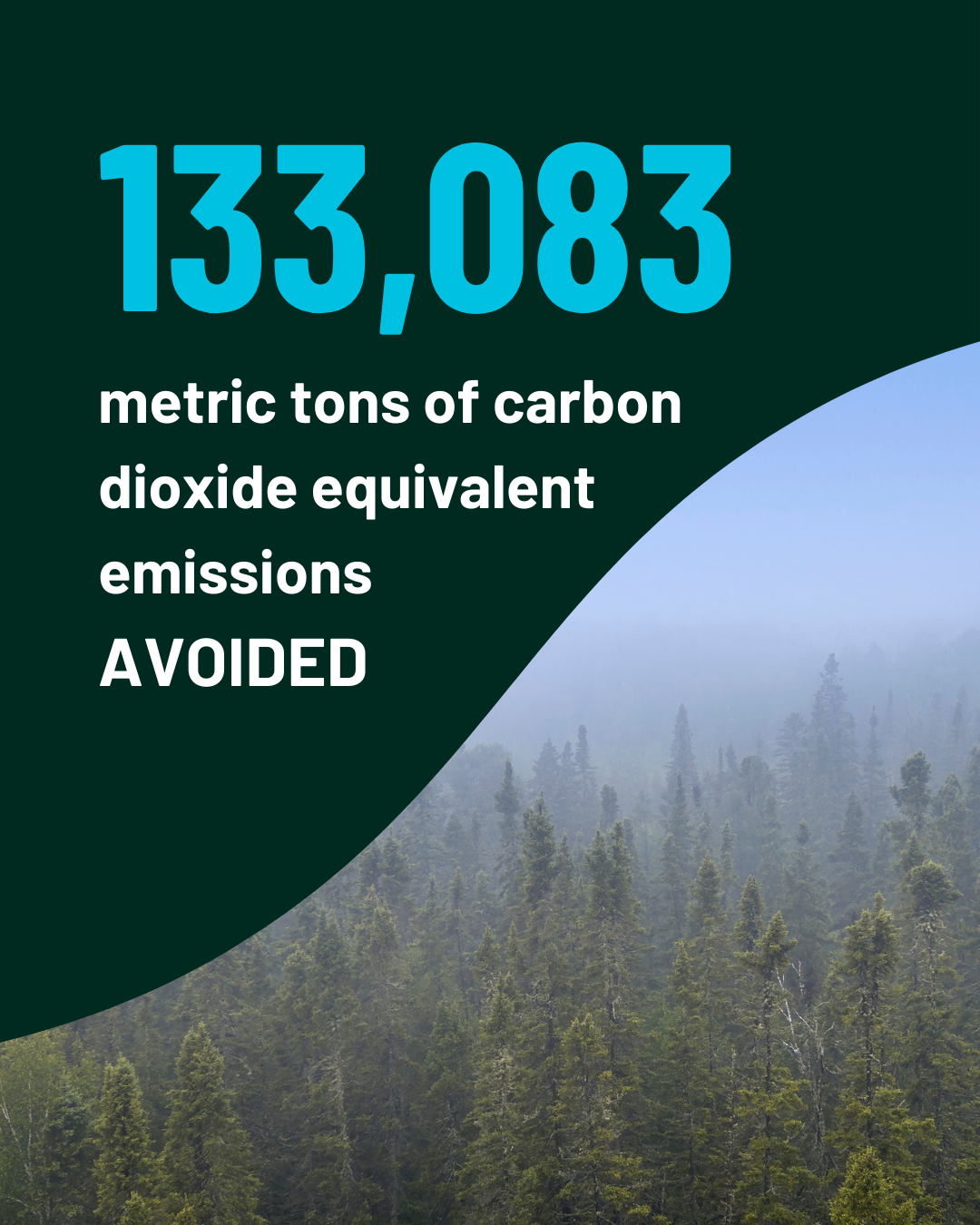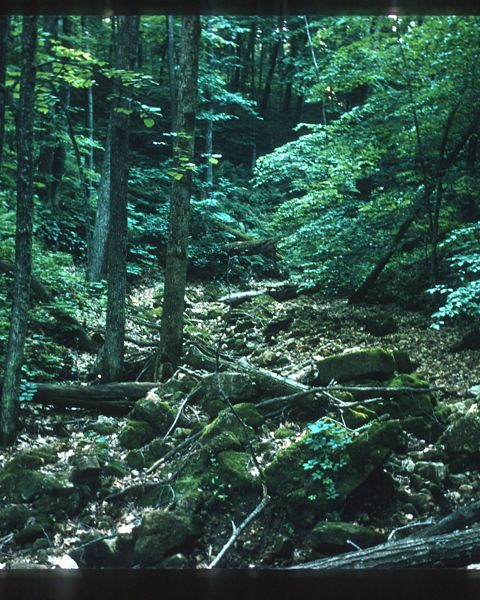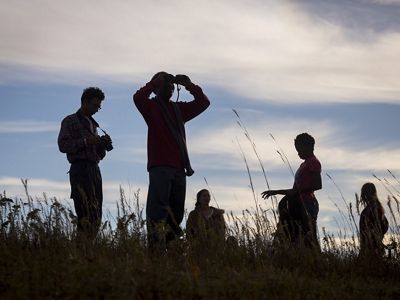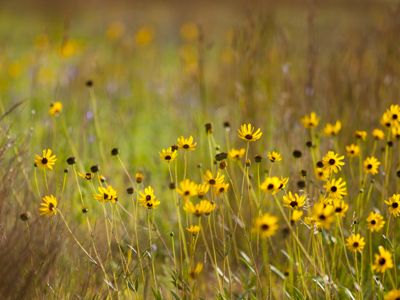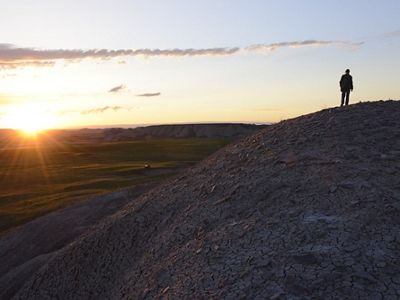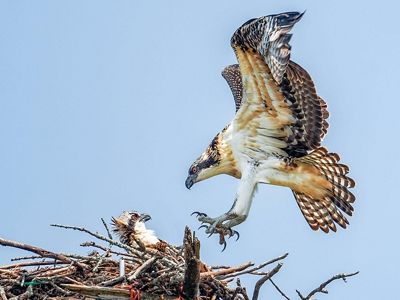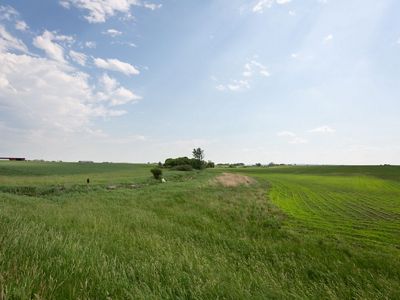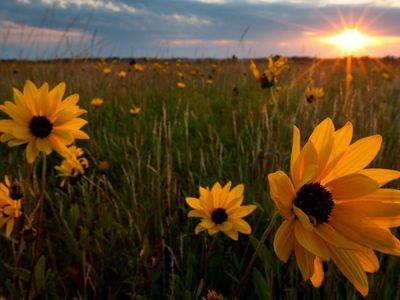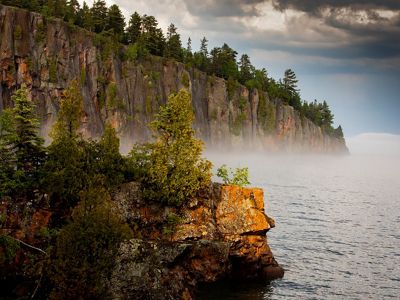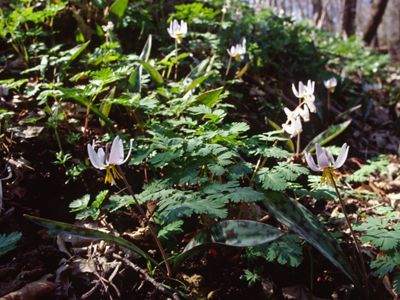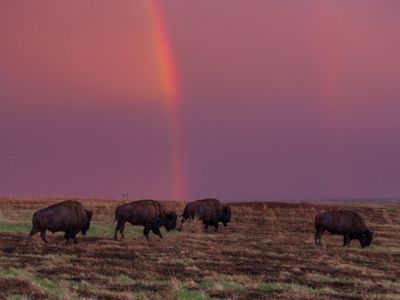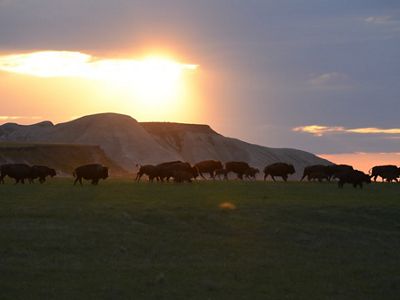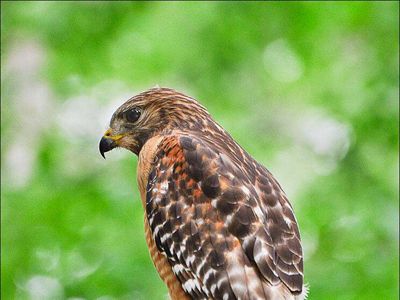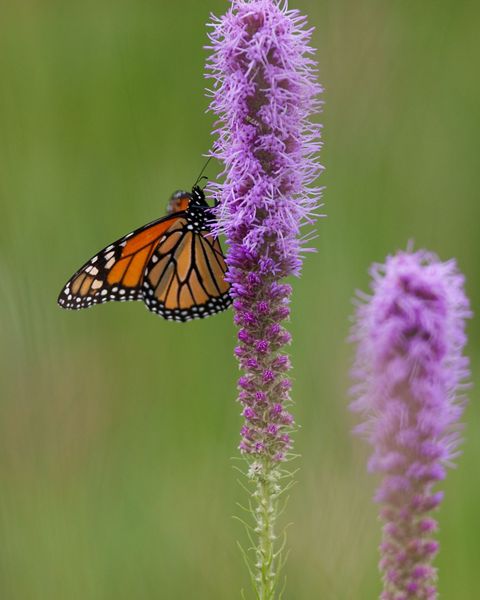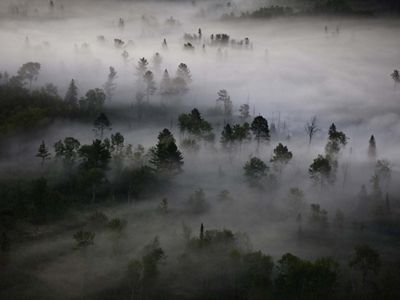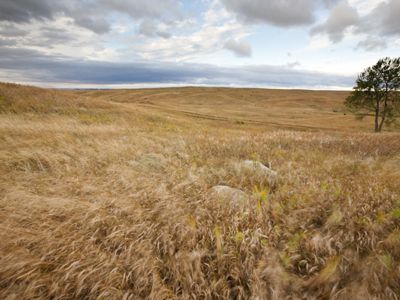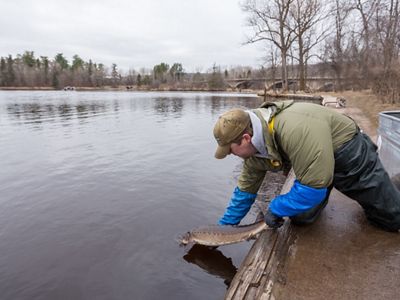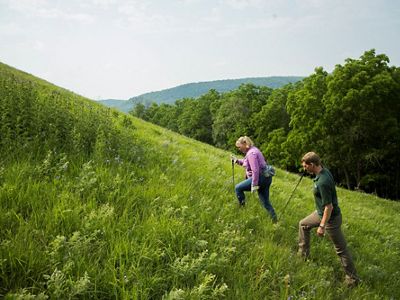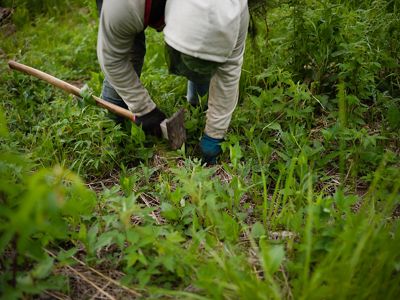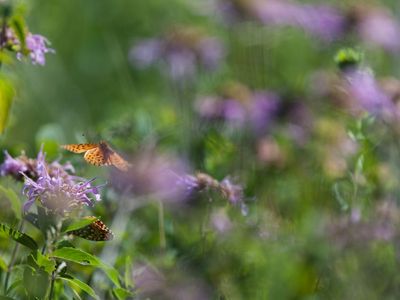
PROTECTING NATURE We’ve helped protect 1 million acres across Minnesota, North Dakota and South Dakota. © Richard Hamilton Smith
The Nature Conservancy has been protecting the lands and waters on which all life depends in Minnesota, North Dakota and South Dakota for decades.
Today, we’re celebrating a major accomplishment – 1 million acres protected in these three states.
When the Minnesota chapter was founded in 1958, followed by South Dakota in 1961 and North Dakota in 1971, our landscapes didn’t look the way they had when Indigenous peoples stewarded these lands. Development by European settlers encouraged by federal policy meant grasslands were plowed for farming, forests were felled for logging and wetlands were drained for development. Rivers were dammed, streambanks eroded and waters were soiled with waste and pollutants.
But some pieces of intact grassland, forest and waterways remained. These precious remnants deserve to be protected, to remain rich examples of our natural heritage for generations to come, to serve as a benchmark for efforts to restore nature and to provide a healthy environment for people and nature.




Thanks to the help of countless partners and supporters, our chapter has protected 712,247 acres in Minnesota, 51,440 acres in North Dakota and 236,313 acres in South Dakota. These 1 million acres include dozens of TNC nature preserves, many voluntary land protection agreements with private landowners, numerous state parks, a national wildlife refuge and acres transferred to Native Nations. The vast majority of the land we’ve helped protect is not under TNC’s ownership. Our greatest impact comes from helping partners and private landowners protect land.
Landowners continue to earn a livelihood on these lands, through ranching, farming and sustainable logging, while still providing healthy habitat for plants and animals and preserving the land for future generations. By ensuring land can continue to grow food and provide resources, we’re helping create a future where people and nature thrive.
1 million acres
Minnesota, North Dakota and South Dakota
-
425,765
We’ve worked with landowners, ranchers and farmers to safeguard 425,765 acres of private land in perpetuity through voluntary land protection agreements.
-
454,484
We've worked with partners, including state and federal governments, to protect 454,484 acres of public land, including state parks.
-
119,751
TNC protects 119,751 acres of land through ownership, including dozens of preserves across these three states that are open to the public.
Not just a number
How big is a million acres, you may wonder? Larger than the city of Chicago and even bigger than the state of Rhode Island. It’s nearly the size of the Boundary Waters Canoe Area and the Black Hills National Forest – both come in at around 1.2 million acres. But perhaps more important than the size are the thousands of plants and wildlife species, millions of acre-feet of water and hundreds of ranches, parks and scenic places now preserved for future generations.
Keeping carbon in the ground
Nature is one of the most powerful tools we have to prevent the worst effects of climate change.
That’s because natural areas act like carbon sponges, soaking carbon out of the atmosphere through photosynthesis and storing it, so that carbon no longer contributes to the greenhouse effect.
One million acres protected across Minnesota, North Dakota and South Dakota translates to 133,083 metric tons of carbon dioxide equivalent emissions avoided from entering the atmosphere.
That’s a tricky number to calculate. There are two things we consider: One, how much carbon is that land storing? And two, what is the risk of that land being converted for development or agriculture and losing its carbon-storing power? We multiply total carbon stored by the percentage risk of conversion to reach our number of carbon emissions avoided on the 1 million acres we’ve helped protect.
For the science geeks that are still following, 133,083 metric tons of carbon dioxide equivalent is equal to the emissions from nearly 15 million gallons of gasoline burned, 31,042 gas-powered cars driving for one year, and power for 17,873 homes That’s a big win for our climate!
Decades of Conservation
TNC purchases its first prairie tract in Minnesota—Malmberg Prairie in Polk County. This 80-acre native prairie is a small remnant of the vast sea of grass that once covered the Red River Valley.
Malmberg PrairieThe Nature Conservancy begins working in South Dakota, purchasing 64-acre Altamont Prairie in Deuel County.
South Dakota chapter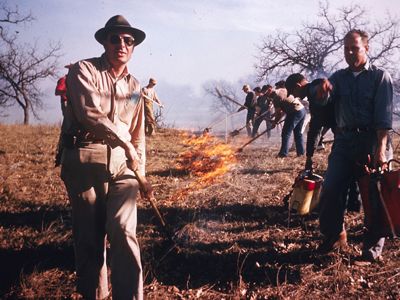
TNC conducts its first prescribed burn in the United States at Helen Allison Savanna in Anoka County, Minnesota.
Why we use fire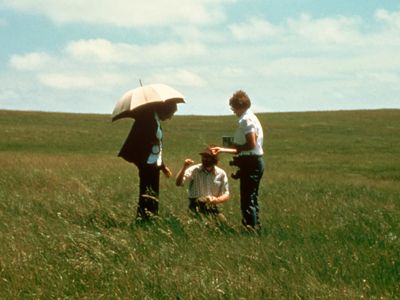
Ordway Prairie in Pope County, Minnesota is purchased with support from Katharine Ordway, who championed the preservation of prairies in Minnesota and throughout the Great Plains.
Ordway Prairie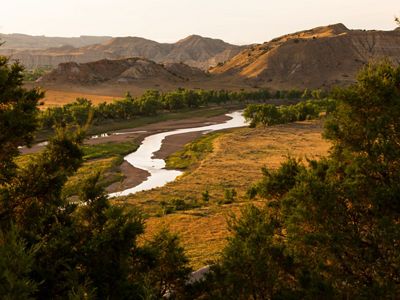
The Nature Conservancy begins working in North Dakota.
North Dakota ChapterThe Minnesota Chapter supports the Duluth chapter of the Audubon Society in acquiring Hawk Ridge, which later becomes a popular Duluth tourist attraction where visitors can observe raptor migration.
Hawk RidgeThe Minnesota chapter enters its first land protection agreement with a Minnesota landowner. The agreement protects 32 acres in Stearns County in perpetuity, while still being owned by the landowner.
Why Private Lands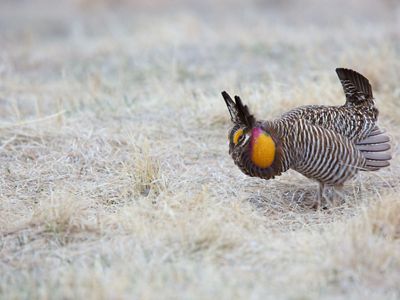
Four prairie preserves are purchased in Minnesota, including Anna Gronseth Prairie and Town Hall Prairie in Wilkin County, which are acquired to preserve greater prairie chicken habitat.
Prairie Chicken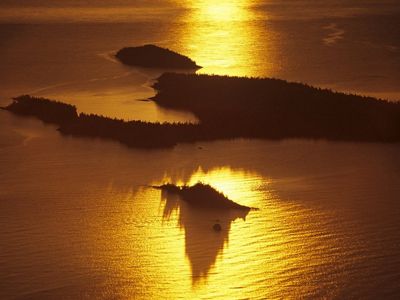
The south portion of Susie Island is purchased, the largest of 13 rocky islands jutting out of Lake Superior. The remaining section of the island is purchased in the late 1980s.
Bluestem Prairie in Clay County, Minnesota is established, with an initial purchase of more than 1,000 acres. Today, it is recognized as one of the largest and highest quality northern tallgrass prairies in the U.S.
Bluestem Prairie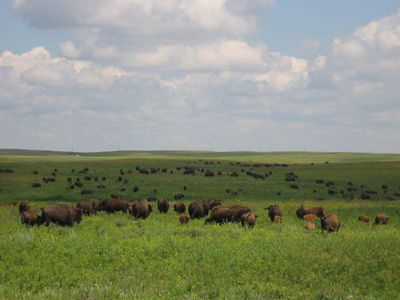
Samuel H. Ordway, Jr. Memorial Prairie in Leola, South Dakota is purchased using funds provided by Katharine Ordway.
Ordway PrairieThe Minnesota Chapter advocates for the creation of Tettegouche State Park on the North Shore of Lake Superior. In 1979, 3,400 acres are acquired by TNC for the state park.
Tettegouche Park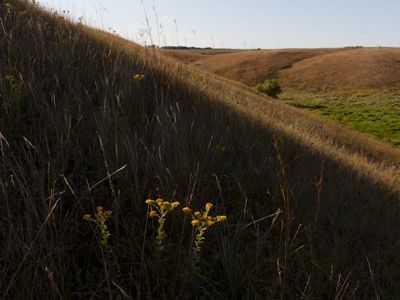
Hole-In-The-Mountain Prairie in Lincoln County, Minnesota is established with the acquisition of 775 acres. A remnant of what was once a 4,300-acre prairie, the preserve provides excellent habitat for birds and insects.
Hole-In-The-MountainTrout Lily Preserve is established in southern Minnesota. This preserve is home to the largest-known population of the Minnesota dwarf trout lily, a federally endangered species and the state's rarest plant.
Trout Lily Preserve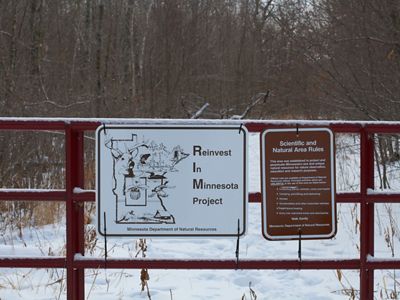
The Minnesota Chapter and Minnesota DNR designate dozens of TNC preserves as Scientific and Natural Areas to expand the SNA program.
SNA Program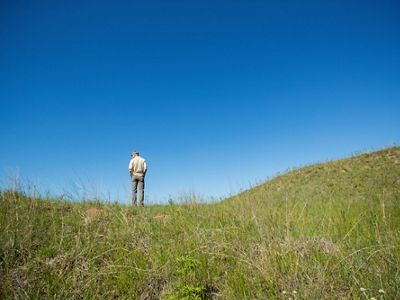
The first tract of sand prairie at Weaver Dunes in Wabasha County is purchased. TNC was drawn to Weaver Dunes by the opportunity to protect critical habitat used by Blanding’s turtles, a state-listed threatened species.
Weaver DunesCross Ranch Preserve is established as TNC’s first project in North Dakota. The more than 5,000-acre preserve is home to a bison herd and also created Cross Ranch State Park, about 30 miles north of Mandan.
Cross Ranch Preserve1988
Minnesota voters approve an amendment to dedicate state lottery funds to conservation activities with 77% of the vote. This funding has since been renewed by voters in 1998 and 2024, providing more than $1 billion for conservation, including TNC projects.
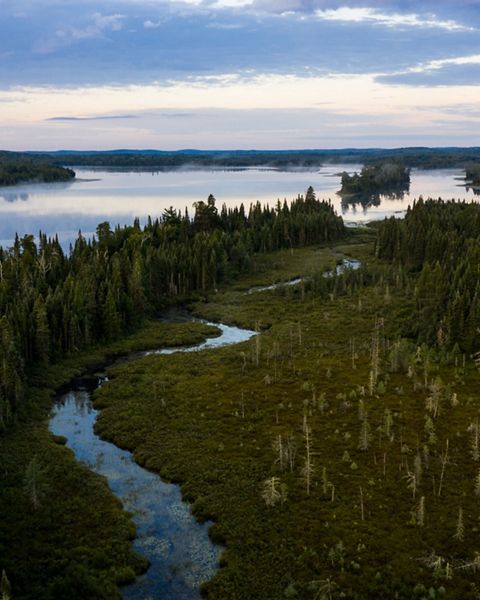
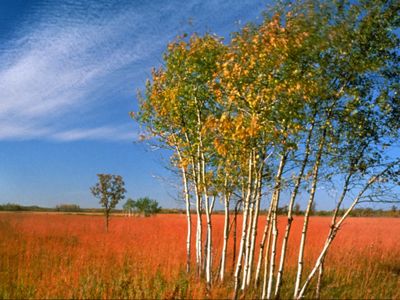
The Minnesota chapter purchases its first tract—7,000 acres in total—of tallgrass prairies and wetlands in the Tallgrass Aspen Parkland landscape, which straddles the Minnesota-Manitoba border.
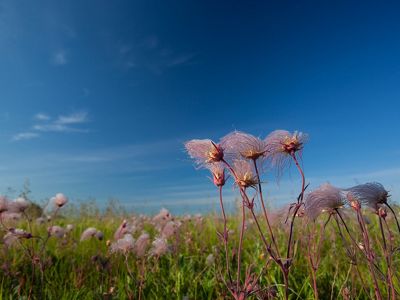
The Minnesota Chapter purchases more than 24,000 acres in Polk County for the Glacial Ridge Project, beginning a massive prairie-wetland reconstruction. In 2004 President Bush designates it as a National Wildlife Refuge.
Glacial Ridge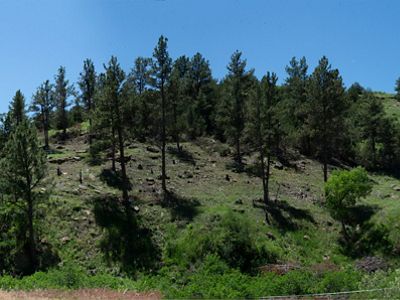
Whitney Preserve is established in Hot Springs, South Dakota. The preserve is now more than 4,000 acres and protects more than two miles of Cascade Creek, home to four rare plants.
Whitney PreserveThe Minnesota chapter partners with the Minnesota DNR and the U.S. Department of Defense to preserve habitat near Camp Ripley, a 53,000-acre Army National Guard training facility in central Minnesota.
Camp Ripley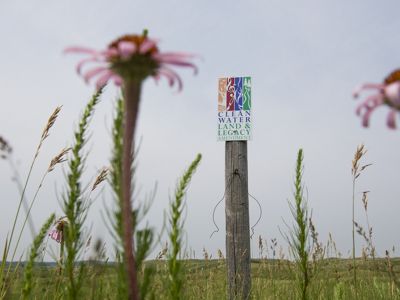
Minnesota voters approve the Clean Water, Land and Legacy Amendment and establish the Outdoor Heritage Fund. The funds have allowed TNC to expand our work and protect nearly 22,000 acres.
Legacy Amendment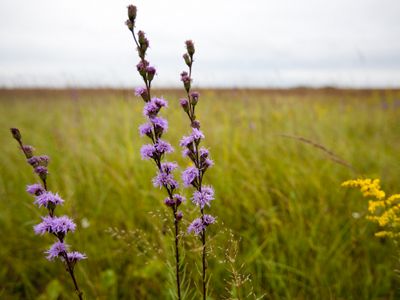
TNC makes its first deal using dollars from the Outdoor Heritage Fund. The purchase is a 470-acre property of native prairie in the Agassiz Beach Ridges landscape in western Minnesota.
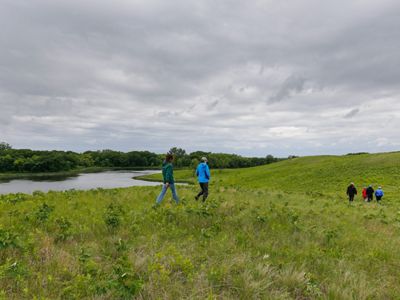
The Northern Tallgrass Prairie National Wildlife Refuge program is established to preserve and restore rapidly disappearing tallgrass prairie. At least 8,578 acres have been added thanks to Outdoor Heritage Fund dollars.
Refuge for a fishYoung sturgeon are found in the St. Louis River, a signal that stocked fish were reproducing. TNC had worked with the Minnesota DNR to improve spawning habitat for this ancient fish, which can live more than 100 years.
Sturgeon recovery
Susie Island in Lake Superior, which was protected by The Nature Conservancy, is returned to the Grand Portage Band of Lake Superior Chippewa. The 142-acre island continues to be managed in its natural state.
Susie Island Return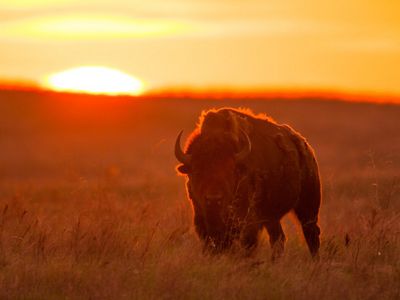
North Dakota's Cross Ranch Preserve transfers three bison to the Standing Rock Sioux Tribe. It's the chapter’s first as part of the buffalo rematriation program, which has returned over 1,000 bison to Native Nations.
Buffalo Rematriation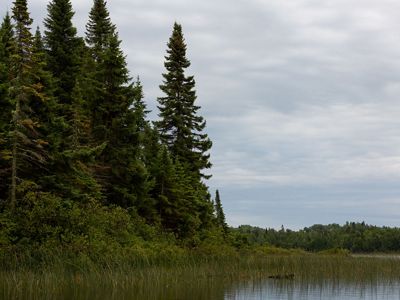
TNC acquires 2,100 acres of old-growth forest near the Boundary Waters Canoe Wilderness Area, located in a 30,000-acre block of relatively intact and mature forest with over 1,000 acres of wetlands and lakes.
TNC plants a record-breaking 2.3 million trees in northern Minnesota during the planting season, bringing the total number of trees planted by TNC in the state since 2005 to more than 10 million.
Tree PlantingPlaces We Protect
From our first land purchase of 80 acres in Houston County, Minnesota, to 1 million acres protected, explore the places we protect across Minnesota, North Dakota and South Dakota and find your next nature adventure.
See all the places we protect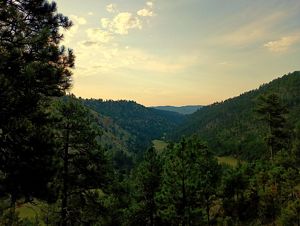
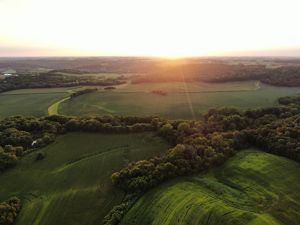
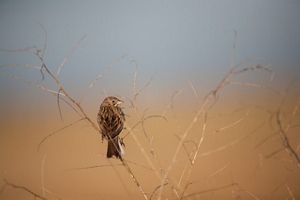
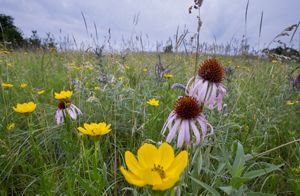
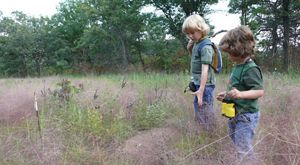
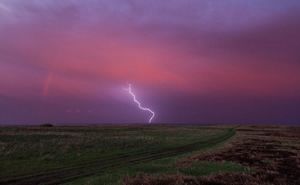
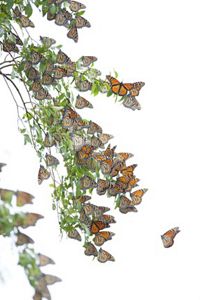
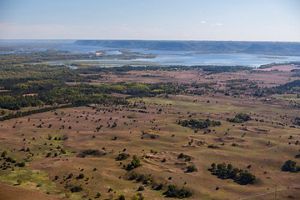
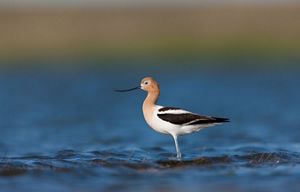
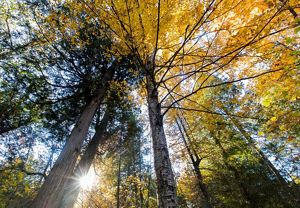

Falls Canyon: Sunrise in Falls Canyon at TNC’s Whitney Preserve in South Dakota. © Marcus Heerdt

MOON VALLEY: This nature area opened to the public in 2024 as a wildlife management area just 15 minutes from downtown Rochester, Minnesota. © Jennifer Busch

GLACIAL RIDGE : In 2004, President Bush declared the Glacial Ridge Project in Minnesota, protected by The Nature Conservancy, as a National Wildlife Refuge. © John Gregor/ColdSnap Photography

PROTECTING NATURE: Minnesota’s Ordway Prairie Preserve is a mosaic of grasslands and woods. © Richard Hamilton Smith

EXPLORING : Helen Allison Savanna is a TNC preserve located just 20 miles north of Minneapolis/St. Paul. © Chris Anderson/TNC

IN THE STORM: Cross Ranch Preserve in central North Dakota is home to a bison herd. © Richard Hamilton Smith

MONARCHS : Bluestem Prairie near Moorhead, Minnesota provides habitat for migrating monarch butterflies. © Richard Hamilton Smith

SAND DUNES: Weaver Dunes Scientific and Natural Area in southeastern Minnesota is characterized by majestic sand dunes reaching up to 30 feet high. © John Gregor

PIPING PLOVER: John E. Williams Preserve in central North Dakota has unique alkali lakes that provide important habitat for breeding piping plovers. © Richard Hamilton Smith

OLD-GROWTH: Trees growing in an old-growth forest in northern Minnesota. © Derek Montgomery
Funding 1 million acres
This accomplishment would not be possible without generous private donations from supporters like you. Public investment in conservation, approved by legislators each year, is also vital to this work.
A key source of public funds is Minnesota's Clean Water, Land and Legacy Amendment, which was overwhelmingly approved by voters in 2008. We’ve been able to protect nearly 22,000 acres through these funds. We also rely on Minnesota’s Environment and Natural Resources Trust Fund, which is funded by lottery proceeds and was renewed by Minnesota voters in 2024. The trust fund has provided more than $1 billion for conservation in the state since it was established in 1988.
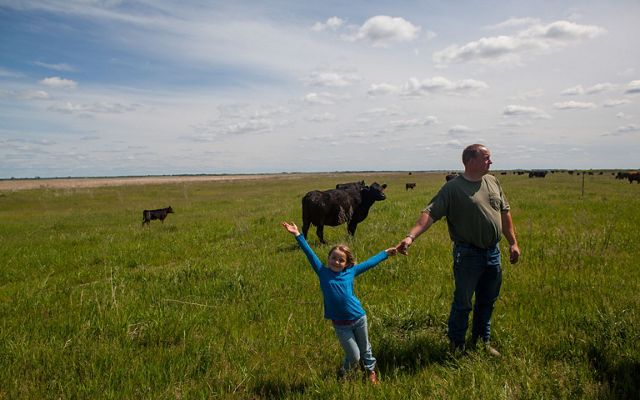
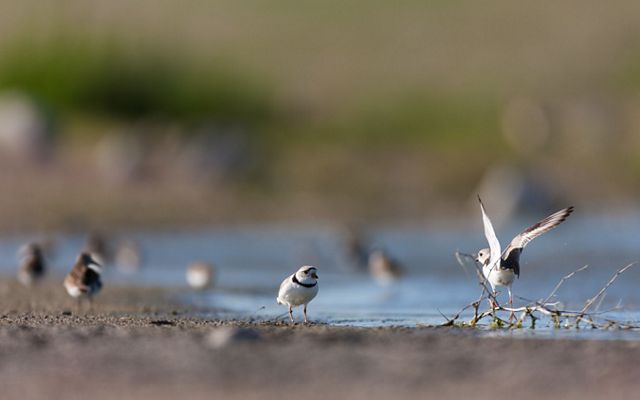
Funding generated by hunters through the federal duck stamp has helped private landowners in South Dakota benefit from voluntary land protection agreements. Other important funding sources include the North American Wetlands Conservation Act, the National Fish and Wildlife Foundation, Regional Conservation Partnership Program and the Agricultural Conservation Easement Program.
Donations from TNC supporters have also been essential to powering our land protection work. Supporters have given millions of dollars toward land protection, which goes toward purchasing land that may otherwise be developed. We work to restore and steward the land we acquire and, in many cases, we transfer our acquisitions to a partner, public entity or tribal nation who will continue to protect it.
What’s next?
With the support of nature lovers like you, we’re ramping up our work protecting, restoring and managing lands and waters to help address the dual crises facing our planet: climate change and the loss of the diversity of life.
Our Chapter Goals
-
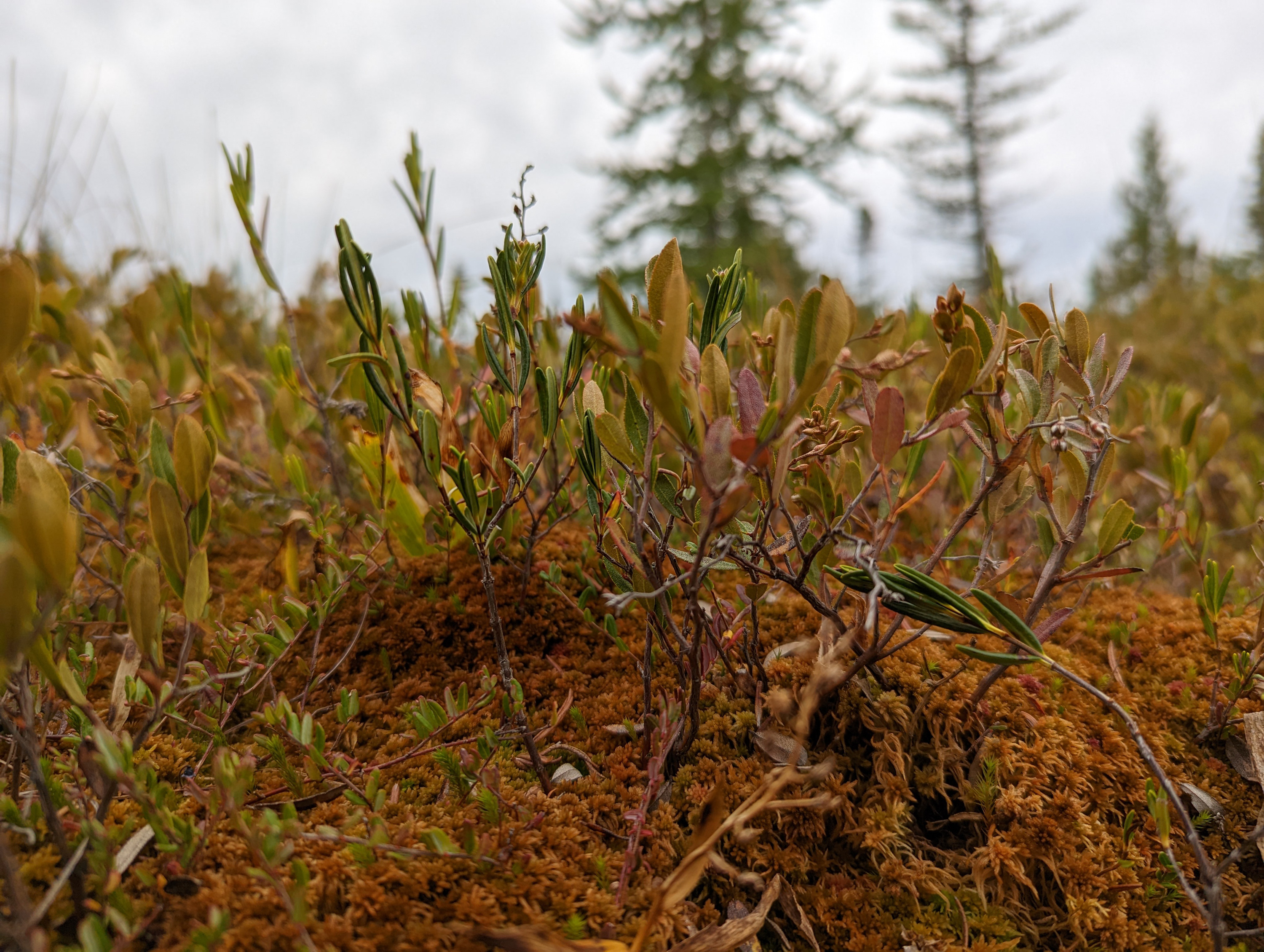
Protect and restore 300,000 acres of peatlands
-
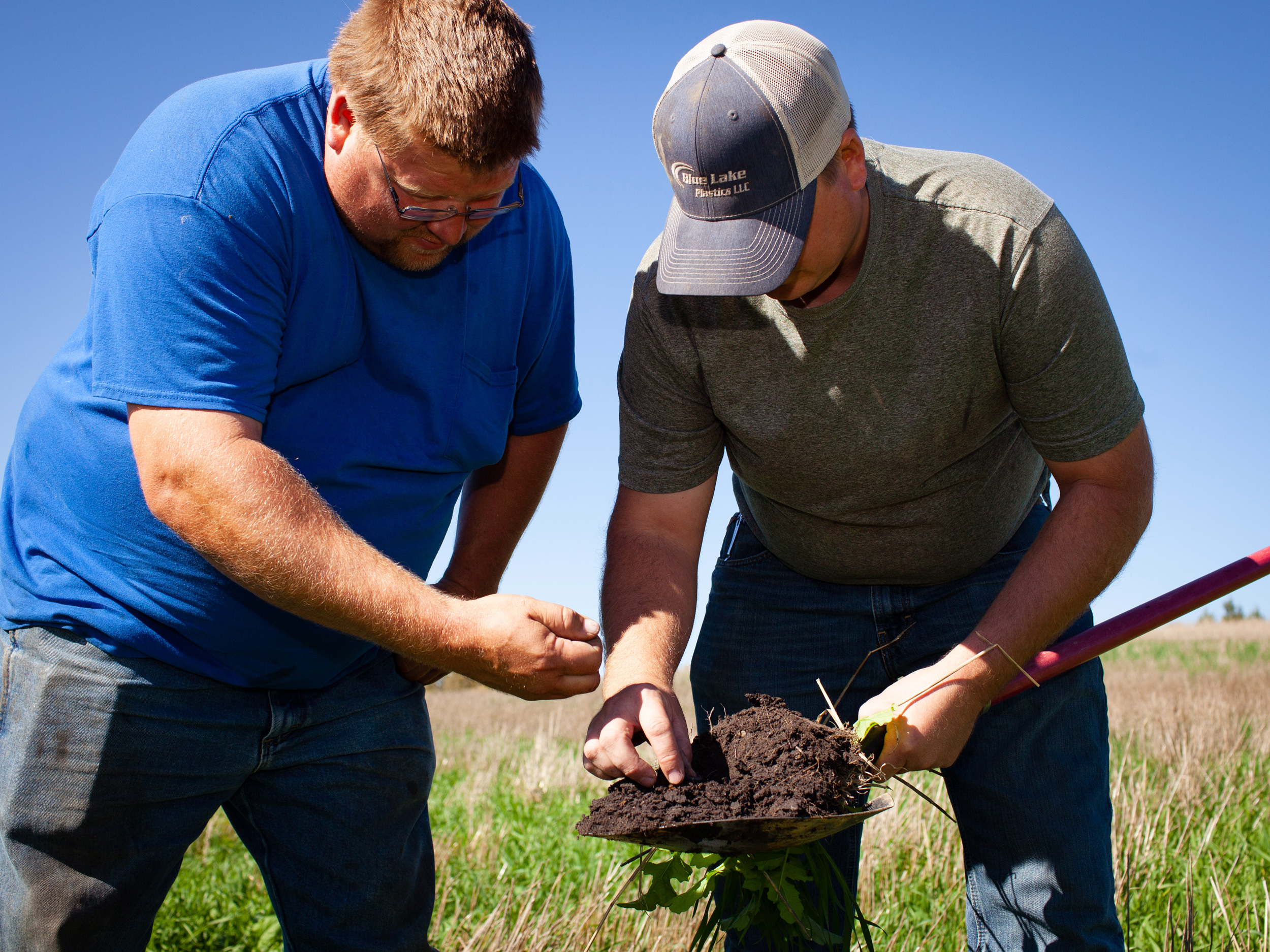
Improve soil health on 15 million acres of working lands
-
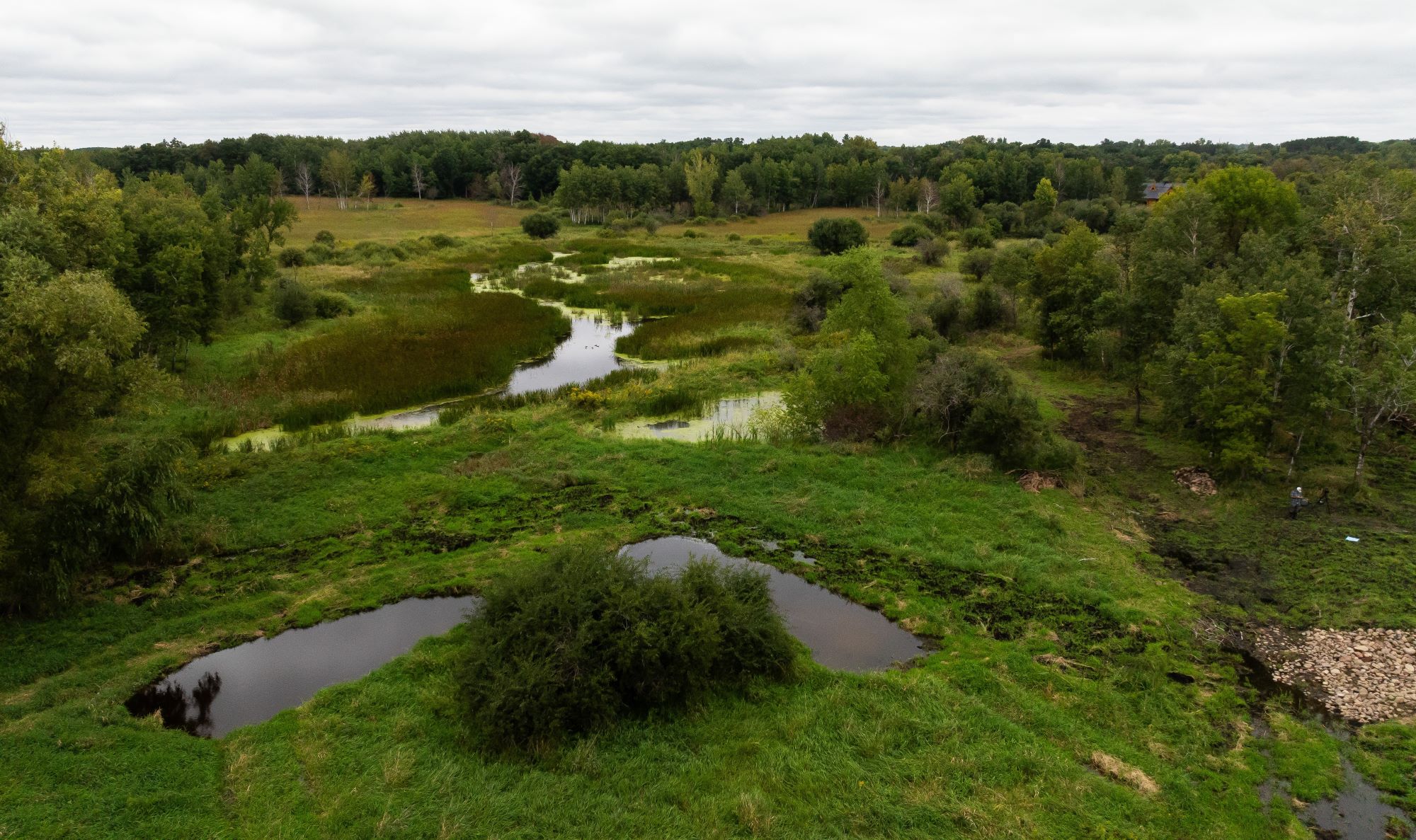
Reconnect and restore over 1,500 miles of rivers and streams
-
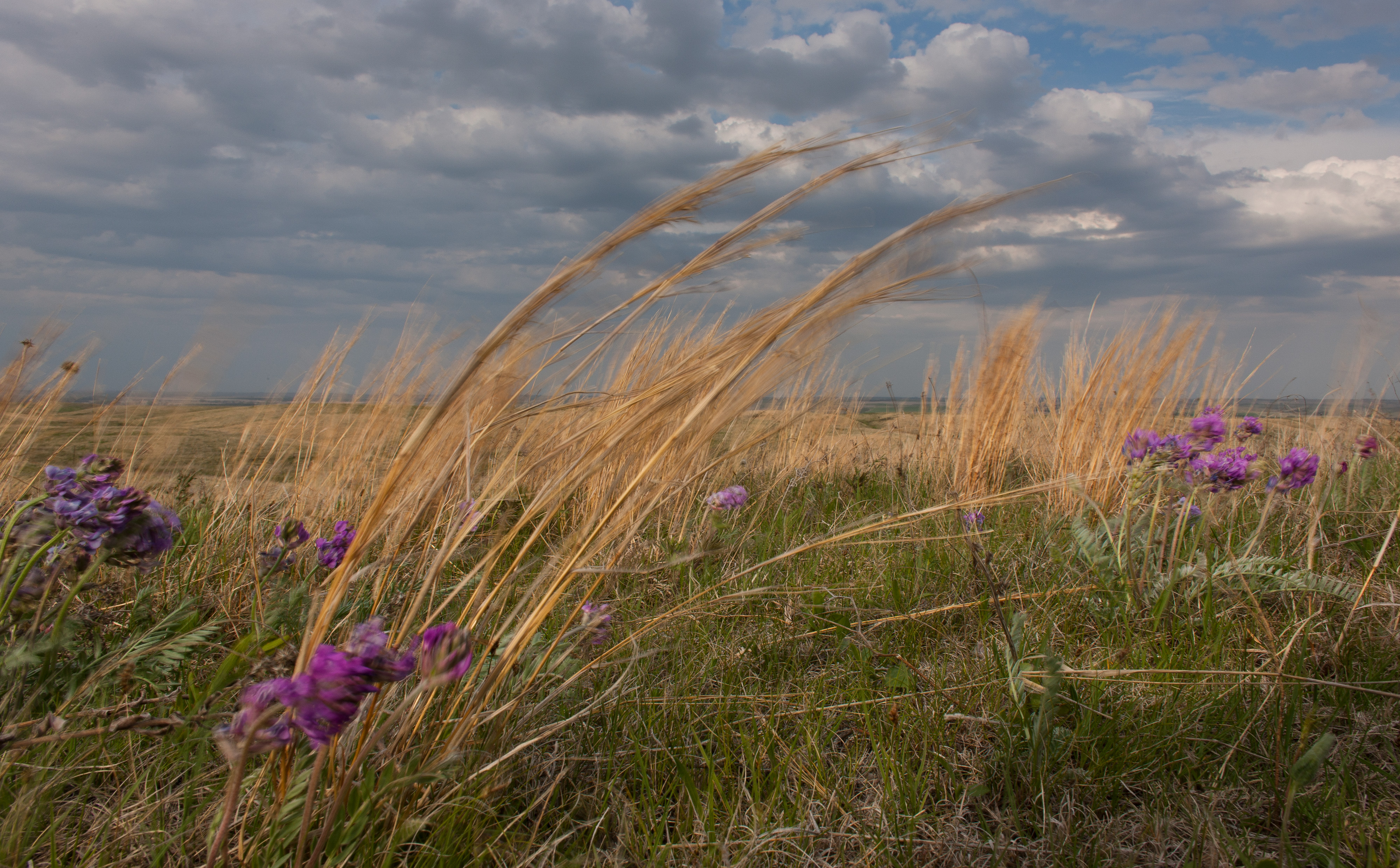
Conserve 100 million acres of grassland across the Great Plains
-

Conserve 2 million acres of resilient forests in Minnesota
We’re collaborating with partners like the Minnesota Department of Natural Resources, the U.S. Fish & Wildlife Service, the U.S. Forest Service, other conservation nonprofits and private landowners to continue protecting and managing grasslands, forests and fresh water across our three states. We’re also working with Native Nations in support of their goals to restore their lands, and to learn from and amplify the land management practices of Indigenous Peoples.
